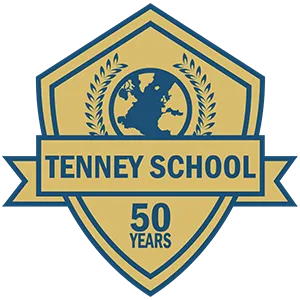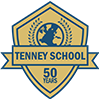It is essential to ask teachers about the best and most important skills students should be taught at school. Although most school leaders, teachers, and educators have different goals, critical thinking skills are preferable for modern learners. Critical thinking is a blend between knowledge and experience, which helps your student understand the facts and connect with them.
This does not mean that knowledge is imperfect, but critical thinking has numerous benefits in personal and professional life. Critical thinking also helps students think on a new level, rather than just memorizing studies. That’s why you should always check on your child’s current courses and ensure they embrace higher-order thinking. This article outlines teaching strategies that will enhance critical thinking for your students.
Encourage Collaboration
Peer collaboration and teamwork help in uplifting critical thinking. This is because it helps your students to bring ideas to the table and contribute to solving a particular project. It is an imperative aspect that will not only help students in class but in other environments as well. For example, with the recent technological advancements, collaborating can help students engage in higher-order thinking and solve problems relevant to their world.
Work With Project-Based Learning for Thinking and Knowledge
Project-based learning helps unconfined the student’s mentality from the classroom’s wall and get it into the real world. It helps students expand their thinking, making approaching any problem easy. Moreover, critical thinking ensures you get a creative approach when tackling a particular situation.
Students receive personalized attention, which enhances their thinking capacity. Individualized attention has proved better than in conventional learning environments. It has also stood out as a dominant difference when employers are scouting for workers as creative mindsets secure lucrative positions.
Use Graphic Organizers
Visualizing what is a student’s mind into reality plays a significant part in critical thinking. It also ensures that their thoughts are organized and mitigates the chances of forgetting. Rather than pure lecture, use workshops, drawings, and maps to help students connect with concepts better. Graphic learning has also proven a dominant pillar in professional development as it helps students relate to what is being taught and implement it in the real world.
Embrace Questioning
Asking questions ensures that your students have the freedom to learn. Moreover, it creates lively learning environments where students can ask and challenge each other with questions and answers. That’s why as a teacher, you should always encourage your students to ask questions as they help them develop creativity and the willingness to learn. Students also get a heightened sense of ownership of problems and a desire to derive creative solutions.
Infer Often
Inferences are vital in critical thinking as they help students to think and conclude from reasoning. For instance, sharing real-world examples will help students relate to and understand why certain occurrences came to being or are present. Another example is the use of pictures and videos, allowing them to look at the details and conclude answers from their views. This is as opposed to knowledge, where students think and conclude based on what the books or the teacher taught them in class.
Learn More About Thinking vs. Knowledge
There is a great difference between critical thinking and knowledge. This has been more pragmatic in the contemporary world, where critical minds are the most preferred candidates when applying for jobs and other positions. Critical thinking engages more in facts and skills, while knowledge is what the teacher instills in students while learning. Although both play a role in academic progression, critical thinking has a substantial proportion.
The Tenney School is a prime destination for parents looking forward to maximizing their kid’s academic potential. The school has one-to-one classrooms where your students receive lots of individual attention and customized instructions. Teachers and staff have the qualifications required to deal with all sorts of students, such as gifted and talented, international, and students with learning differences. Visit the website today to get started with student applications.


